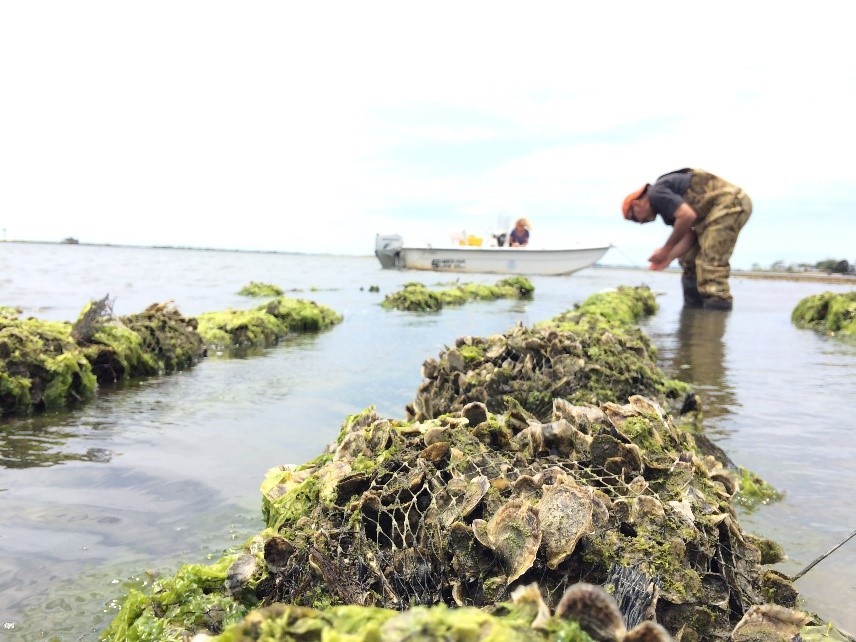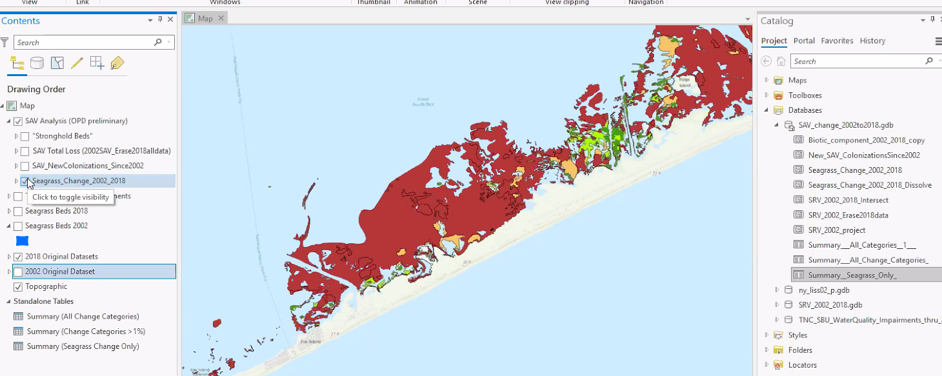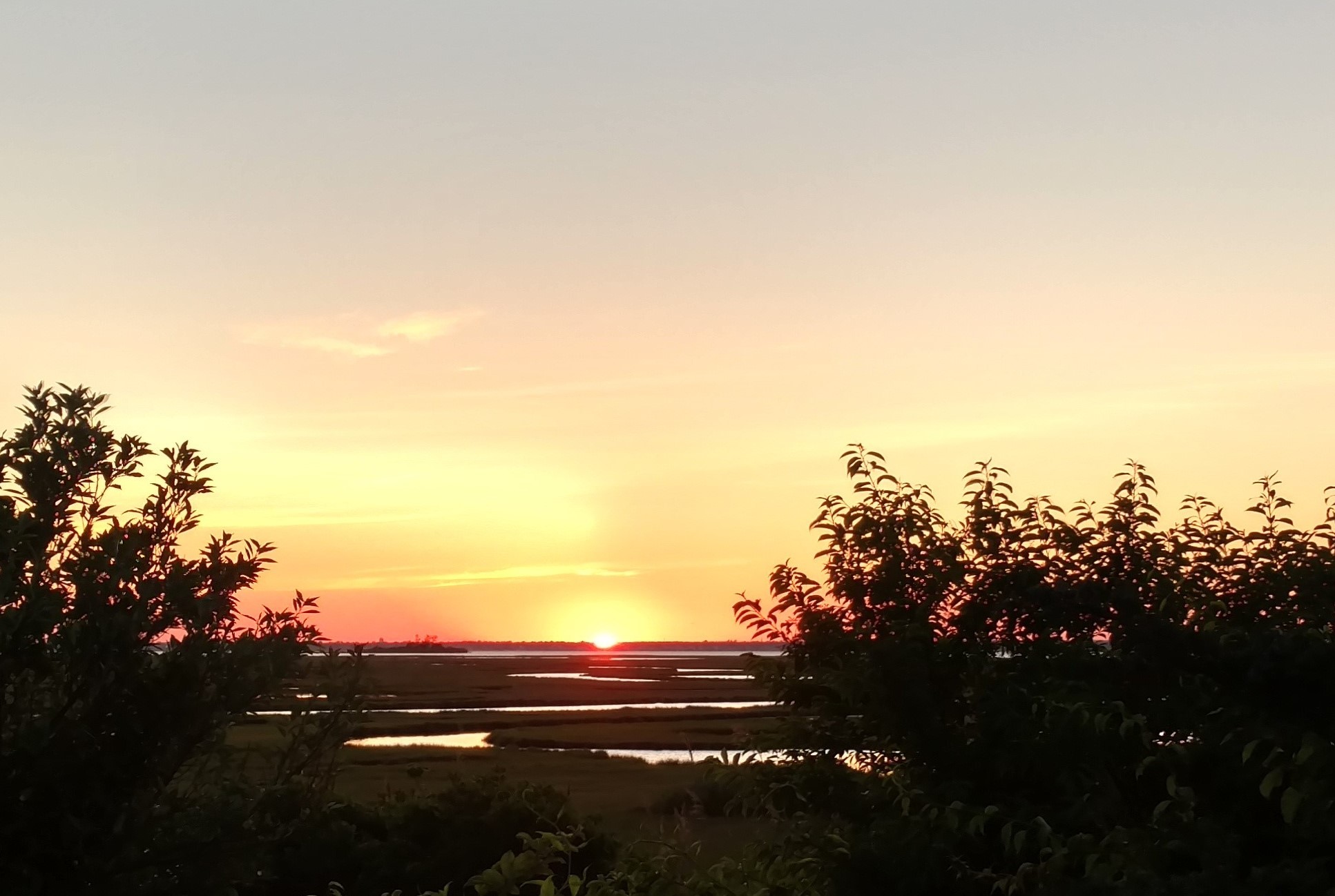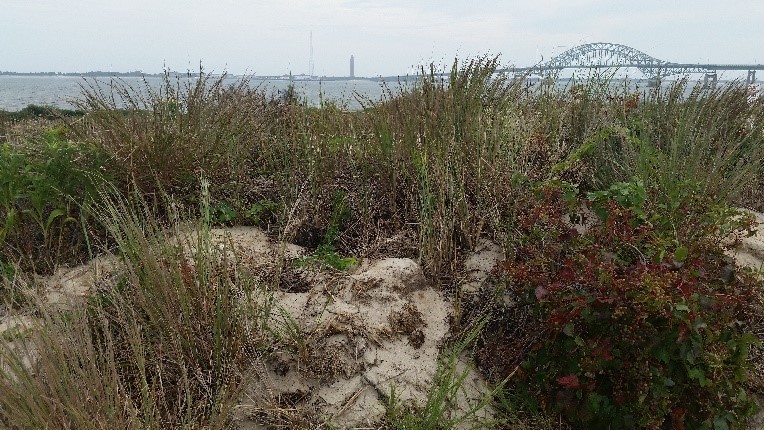Long Island Nitrogen Action Plan (LINAP) - June Newsletter
The New York State Department of Environmental Conservation sent this bulletin on 07/01/2020 01:15 PM EDT |
| DEC Delivers - Information to keep you connected and informed from the NYS Department of Environmental Conservation |
| Share or view as a web page || Update preferences or unsubscribe |
Long Island Nitrogen Action Plan (LINAP) - June Newsletter
|
The South Shore Estuary ReserveThe South Shore Estuary Reserve (SSER) Program guides the preservation, protection, and enhancement of the natural, recreational, economic, and educational resources of the estuary through partnerships with a diverse group of stakeholders including state, federal, and local organizations. The program was created in 1993 through the Long Island South Shore Estuary Reserve Act and is administered by the New York State Department of State (NYSDOS) in cooperation with the Long Island South Shore Estuary Reserve Council. The Council is comprised of representatives from the State and local governments, non-profit and academic organizations and other local stakeholders. The SSER program is focused on implementing actions identified in the Reserve’s Comprehensive Management Plan (CMP). The program focuses its efforts on addressing the six topic areas in its CMP by working in conjunction with partner groups and the South Shore Estuary Reserve Council. The Reserve’s six topic areas are:
SSER Local Assistance GrantsThe South Shore Estuary Reserve Program Local Assistance Grants Program provide funding to municipalities for projects that implement the CMP. The following grant-funded projects are examples of the work being done to improve water quality and shellfish populations in the South Shore Estuary. Hempstead Community Oyster Restoration Effort: The Town of Hempstead Department of Conservation and Waterways constructed a reef in the Long Beach High School Research Pond using clam and oyster shell "waste" collected from local restaurants and seafood businesses. From 2018 to early 2020, 72,000 pounds of shells were collected for constructing the reef. The reef will serve as habitat for oysters to take hold and propagate.
Shellfish Hatchery Algae Bioreactor Installation: The Town of Islip Department of Environmental Conservation installed two algae bioreactors in the Town Shellfish Hatchery to produce algae needed to feed spat, or baby shellfish that will help to increase the amount of shellfish grown at the hatchery. The increased production will help to support New York’s Long Island Shellfish Restoration Initiative. NYSDOS Geographic Information Gateway – South Shore Estuary Reserve Shellfish StoryIn April, the NYSDOS South Shore Estuary Reserve Office along with local stakeholders and with the support of the NYSDOS Office of Planning, Development and Community Infrastructure recently completed an interactive story on shellfish in the SSER. The shellfish story highlights the importance of shellfish to the region and includes information on the benefits and history of shellfish in the estuary, as well as issues affecting their survival and restoration efforts underway. The shellfish story is featured on the South Shore Estuary Reserve focus page on the NYSDOS Geographic Information Gateway. The Gateway provides easy access to geographic information for the public to view and contains interactive stories that highlight case studies and showcase community success stories, while presenting information to the public in a user-friendly and informative format. 2018 South Shore Estuary Reserve Benthic Habitat Mapping SurveyThe data from the 2018 South Shore Estuary Reserve Benthic Habitat Mapping Survey was recently uploaded to the NYSDOS Geographic Information Gateway. The survey was carried out in partnership with the Governor’s Office of Storm Recovery (GOSR), NOAA Office of Coastal Management, NYSDOS Office of Planning, Development and Community Infrastructure NYS Department of Environmental Conservation, and other partners, and updated the 2002 Benthic Habitat Mapping Survey. The new information illustrates and characterizes changes in benthic habitat, such as eelgrass, macroalgae, and emergent tidal wetlands within the South Shore Estuary Reserve. The characterization of benthic habitat type and analysis of changes in habitat is important information that can be used to understand the state of marine resources within the Reserve and to inform the future management and conservation of important submerged aquatic vegetation such as eelgrass, or Zostera marina. The survey also provides baseline data that will help in assessing the success of the Long Island Nitrogen Action Plan (LINAP) Initiative in the South Shore Estuary. To access the new data on the Geographic Information Gateway, search “SAV” in the search box on the Gateway homepage here. The dataset is titled “2018 SSER SAV Data Set Biotic”.
Crosswalk AnalysisIn what ways are LINAP and the SSER Office working together? Are there additional opportunities for collaboration? These questions have been answered by a first-of-its-kind crosswalk analysis conducted by LINAP and the SSER Office. A crosswalk is a technique used to identify similarities and differences between two programs. A systematic comparison of the LINAP scope document and the SSER Comprehensive Management Plan was completed in early 2020. The analysis of the two program documents identified areas where there is potential to work together to reach shared goals, areas where communication and sharing of data can be increased, and areas where LINAP and the SSER Office are already working effectively together. The programs meet quarterly and talk frequently to discuss shared goals and projects. Meeting discussions revolve around progress in implementing goals of both programs, including nitrogen reduction at wastewater treatment facilities, outreach on innovative/alternative on-site wastewater treatment systems, stormwater management, land use management strategies, and other objectives to achieve water quality improvements. LINAP and SSER staff are working on a list of projects for collaboration.
Nitrogen Reduction Efforts in the SSERThe South Shore Estuary Reserve Office provides assistance to South Shore communities in their efforts to implement the South Shore Estuary Reserve Comprehensive Management Plan (CMP). The reduction of nitrogen pollution in the South Shore Estuary is a significant focus of the CMP and the objective of the LINAP Initiative. Both Nassau and Suffolk Counties are addressing the impacts that wastewater from inadequate on-site wastewater disposal systems, cesspools and wastewater treatment plants are having on the South Shore Estuary and Long Island as a whole. Actions taken by both Nassau and Suffolk County to advance the CMP and LINAP priorities are critical to reducing nitrogen pollution and improving overall water quality in the South Shore Estuary. Many of the on-going projects in Suffolk and Nassau Counties will help the South Shore Estuary Reserve Program meet its goal to Improve and Maintain Water Quality. For example:
Also, to further its goal to Protect and Restore Living Resources, the South Shore Estuary Reserve Program is partnering with NYSDEC on the Nutrient Bioextraction Initiative, which combines growing and harvesting shellfish and seaweed for the purpose of removing nitrogen and other nutrients from coastal waters. Program staff will support the public outreach and education component of this project in the South Shore Estuary. It is vital to increase public awareness regarding the ecosystem services that seaweed aquaculture could provide throughout the South Shore.
To sign up for the LINAP Newsletter, visit the LINAP webpage or click here. |


 Image Credit: SSER Office
Image Credit: SSER Office
